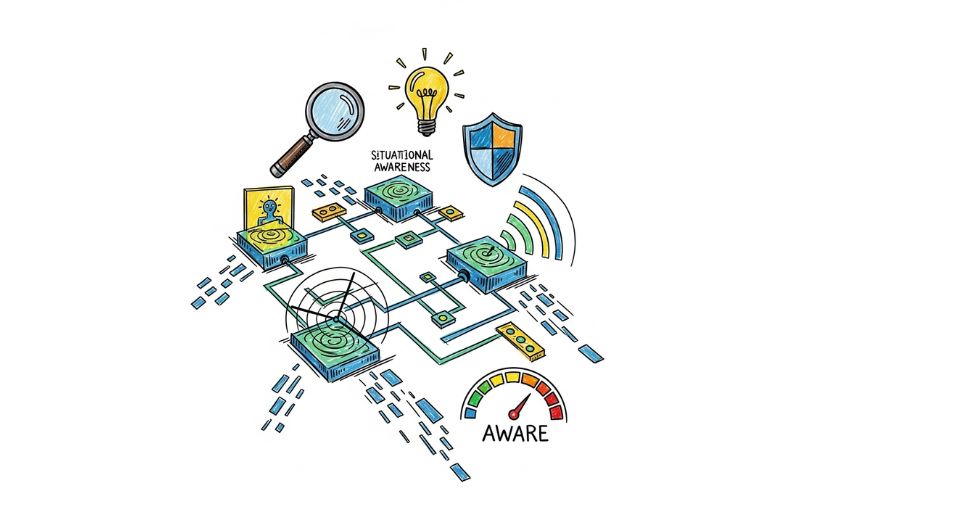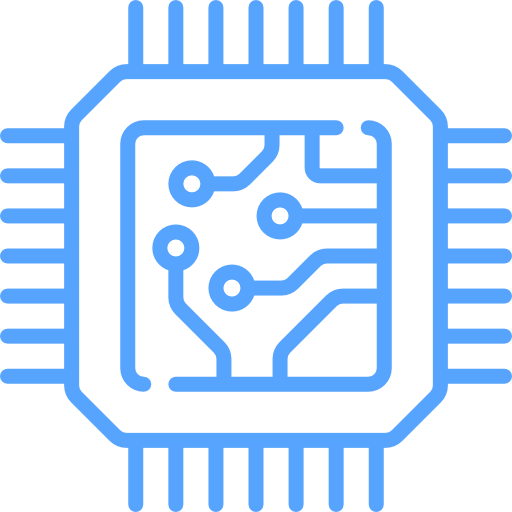Situational Awareness Market To Reach $45,439.73 Million by 2032

A report from Metastat Insight presents a total view of the global situational awareness market, considering in terms of generalized operational knowledge and strategic management. The report presents a thorough story that calls attention to how technologies created for keeping a broad view of intricate environments come together with technological advancement, operational cohesion, and multidisciplinary coordination. Emphasis is placed on the capture of the synergy of sensors, fusion platforms, decision-support and communications architectures as they come together to provide unified operational vision across domains as diverse as security and defense, transportation and emergency response. The emphasis is placed on how such capabilities enable organizations to build a single vision of their environment, enhancing responsiveness and resilience. This introduction shapes understanding that mastering situational clarity under uncertain conditions demands not only advanced tools but also thoughtful alignment of system functions and user engagement.
The subsequent narrative unfolds with a portrayal of key dynamics shaping this arena. Attention gravitates toward enhancements in sensor arrays, whether airborne, terrestrial or maritime, blending varied input streams into coherent displays enriched by artificial intelligence, machine learning and advanced analytics. Interplay between real-time feed integration, predictive modeling and insightful visualization opens the door to mission-critical situational awareness. Focus on systems that decode raw signals into actionable insight surfaces, pointing to smooth orchestration of field units and command centers for readiness and strategic coordination. Clear articulation explains that situational clarity goes beyond data collection, with the need for sophisticated interpretation and nuanced orchestration of insights by teams and infrastructures.
A tour of end-user domains shows how situational clarity benefits various industries. Defense environments have solutions provide high-fidelity visualization of threat environments as well as aiding command decision making. Urban planning and public safety situations receive benefit from tracking events in real time and resource plannig ahead of time with respect to dynamic situational inputs. Transportation networks benefit from having monitoring integrated across highways, rail and port infrastructure, facilitating early management of disruptions. Emergency response missions utilize live situational feeds to manage rescue operations, identify risks and maximize logistic deployments. Throughout these domains, the common thread is the raising of operational expertise via integrated awareness exhibited via dashboards, geospatial overlays and coordinated communications.
Technological ripeness is described via discussion of modular architectures that support plug-and-play capability, allowing incremental deployment and scaling. Interoperability platforms provide for effortless integration of third-party data streams, legacy infrastructure and new types of sensors. Focus remains on building adaptable ecosystems to support changing mission need, workload fluctuation and threat diversification. Focus on cloud-based processing, edge computing and distributed analytics highlights a move toward decoupled architectures that preserve situational awareness even when connectivity is limited. This account highlights the salience of resilience and continuity of awareness, even in degraded circumstances.
Operational integration is given attention by considering how doctrine and training are coordinated with technical capability. Simulation and live-exercise facilities offer practice space for teams to read situational displays, assess decision effect and refine cooperation. Pre-defined workflows structure the passage of information to keep it from overloading cognition at the time of incidents by laying out filtered and ordered insights. Human-machine teaming becomes a theme, merging automated alerting with human judgment to choreograph response. Stress continues on how merging machine efficiency and human experience creates a collective understanding that increases situational awareness while lowering reaction time.
The material then shifts to consideration of procurement and deployment trends. Organizations exhibit favour for solutions that are customizable and facilitate incremental enhancement, enabling phased adoption tied to budget cycles and operational readiness. Vendors meet with elastic licensing, pay-as-you-use provisioning and subscription-based delivery of analytical modules. Priority emphasizes how this flexibility is stimulating wider adoption by agencies and enterprises historically bound by capital outlays. Deployment, user training and system tuning integration services deepen the compatibility between technological potential and organizational setting. These strategies enhance the potential for viable situational systems that develop in tandem with changing needs.
Consideration is made for regulatory and standards environments, where conformity to interoperability frameworks, data protection protocols and certification processes is significant. Compliance requirements are reflected in architecture design, precipitating audit-ready logging, encrypted data transfer and interface consistency. Conformity with governance requirements maintains trust in situational products and facilitates cross-agency information sharing. Governance focuses technical capability on jurisdictional policy, and situational clarity is not just technologically effective but also compliant with lawful and ethical guidelines.
Strategic analysis involves ecosystem collaborations, where technology creators, systems integrators, and domain experts combine forces. Joint ventures enable situational solution customization for vertical environments. Co-innovation contracts foster accelerated co-creation of sensor suites, analytic components, and visualization platforms optimized to niche problems port monitoring and critical infrastructure surveillance to environmental incident tracking. Industry-specific pilots are used to fine-tune systems prior to complete roll-out. This collaborative stance enables maturity of situational capabilities in concert with complicated operational requirements.
Towards synthesis, discourse acknowledges that maintaining an all-encompassing awareness stance depends on the maintenance of both technological vibrancy and organizational acumen. Regular algorithmic, sensor suite and model updating needs to take into account developing threats and changing environmental factors. Regular user training and drills keep interpretive acuity sharp. This collective emphasis guarantees situational perceptual acuity remains pertinent, valid and reactive closing the real-world gap between information determinacy and actionable insight.
In conclusion, this discussion pulls back to highlight that the situational clarity market globally, as put forth by Metastat Insight, is a sphere of richness in innovation, operational complexity and adaptive implementation. The story emphasizes how consolidated awareness solutions play out across industries, from flexible technology foundations, human-machine collaboration, standards conformance and shared ecosystems. This concluding observation swings back to the offering by Metastat Insight, with a reflection of a landscape of capability building, strategic implementation and robust adaptation.
Drop us an email at:
inquiry@metastatinsight.com
Call us on:
+1 214 613 5758
+91 73850 57479
 Agriculture
Agriculture
 Aerospace and Defense
Aerospace and Defense
 Automation & Process Control
Automation & Process Control
 Automotive and Transportation
Automotive and Transportation
 Banking & Finance
Banking & Finance
 Biotechnology
Biotechnology
1.png) Chemicals and Materials
Chemicals and Materials
 Consumer Goods
Consumer Goods
 Energy and Power
Energy and Power
 Food and Beverages
Food and Beverages
 Healthcare IT
Healthcare IT
 Information & Communications
Information & Communications
 Manufacturing and Construction
Manufacturing and Construction
 Packaging
Packaging
 Pharmaceuticals
Pharmaceuticals
 Electronics and Semiconductor
Electronics and Semiconductor
 Medical Devices
Medical Devices







 US: +1 3023308252
US: +1 3023308252






